Selecting smaller maple for shade garden
Bay Area Gardener
14 years ago
Related Stories
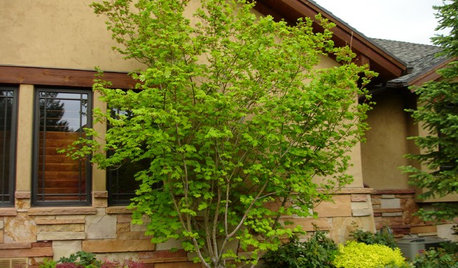
LANDSCAPE DESIGNGreat Design Plant: Vine Maple
Exciting year-round color and adaptability make this highly ornamental native small tree a top choice for home gardens
Full Story
TREES11 Japanese Maples for Breathtaking Color and Form
With such a wide range to choose from, there’s a beautiful Japanese maple to suit almost any setting
Full Story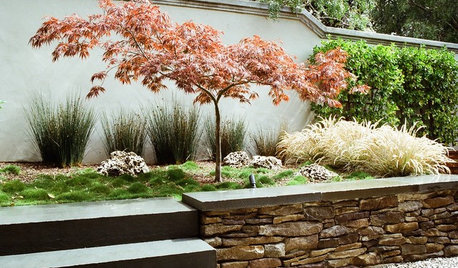
GARDENING AND LANDSCAPINGGreat Design Tree: Japanese Maple
Lacy form and fiery fall color make Japanese maple a welcome tree for garden or patio
Full Story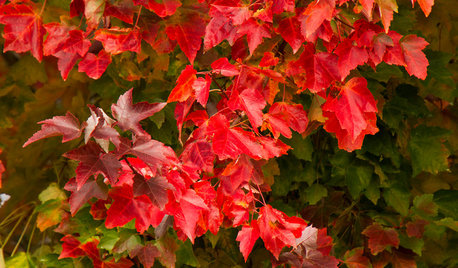
TREESGreat Design Plant: Acer Rubrum Brings Shade and Beauty
Red maple — a fast-growing, low-maintenance Eastern native — has spectacular fall foliage and early-spring flowers that feed pollinators
Full Story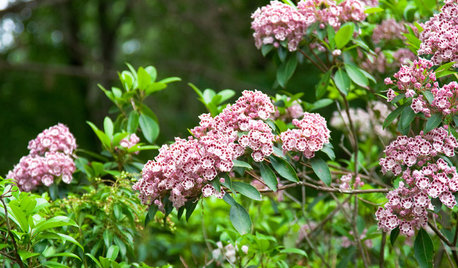
FLOWERS AND PLANTSKalmia Latifolia’s Origami-Like Flowers Shine in the Shade
This shade-tolerant shrub, also known as mountain laurel or calico shrub, thrives in East Coast woodland gardens
Full Story
GARDENING GUIDES12 Japanese Maples for a Sunny Garden
The right maple in the right place shines in hot summer sun
Full Story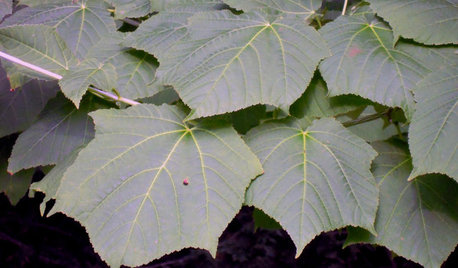
GARDENING GUIDES5 Amazing Small Maple Trees
There's more to maples than syrup. Expand your maple milieu with any of these 5 small and unusual trees
Full Story
TREESGreat Design Plant: Coral Bark Japanese Maple, a Winter Standout
Go for garden gusto during the chilly season with the fiery red stems of this unusual Japanese maple
Full Story
LANDSCAPE DESIGNGreat Design Plant: Retreat to the Shade of Hardy Catalpa
Big foliage and a towering height provide a shady respite in summer, but that's not all hardy catalpa offers dedicated gardeners
Full Story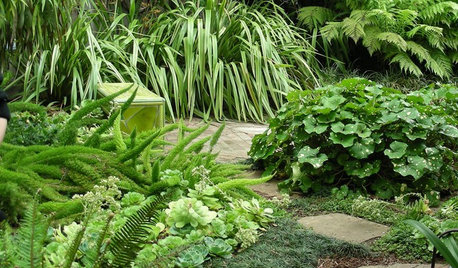
PLANTING IDEAS8 Sumptuous Shade Garden Plant Combinations
Enjoy these plant combinations made for spots with varying levels of shade and different garden zones
Full StoryMore Discussions






gardengal48 (PNW Z8/9)
Embothrium
Bay Area GardenerOriginal Author
gardengal48 (PNW Z8/9)
Embothrium
tcstewart
gardengal48 (PNW Z8/9)
Bay Area GardenerOriginal Author
Allan870